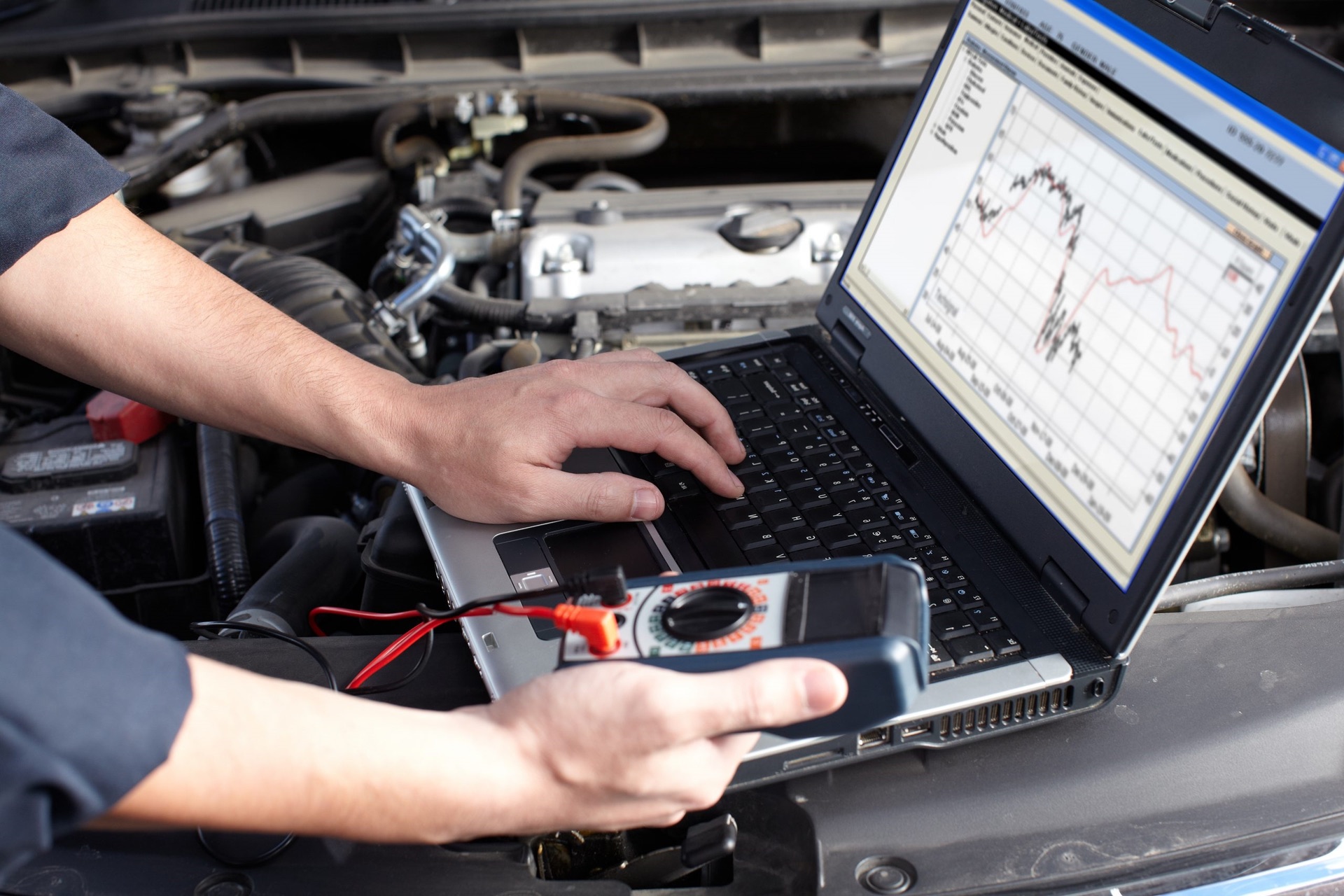The US Auto Care Association and the CAR Coalition have hit out at a right to repair agreement signed by the Automotive Service Association (ASA), the Society of Collision Repair Specialists (SCRS) and Alliance for Automotive Innovation.
In a scathing rebuttal, the Auto Care Association claimed the agreement is “a thinly veiled attempt to confuse lawmakers and drivers” and contained several flaws, while the CAR Coalition alleged it was an “attempt to block pro-consumer legislation” and contended that a letter to Congress outlining the associations’ agreement was “nothing more than lip service and regurgitated platitudes”.
“The agreement between the Alliance, ASA, and SCRS is a thinly veiled response by the automotive OEMs to HR 906: the REPAIR Act,” the Auto Care Association said. “While the agreement purports to be relevant, all it does is affirm the 2014 Memorandum Of Understanding (MOU) rather than implement a meaningful solution to preserve the entire automotive aftermarket and the competition and consumer choice that it creates.
According to the Auto Care Association, the agreement between the Alliance, ASA, and SCRS is not only designed to create confusion, but also has numerous flaws:
- The agreement is non-binding. There is no way to force OEM participation or to enforce OEM compliance
- The agreement does not cover all automakers (such as Tesla) and there is no requirement for new OEMs to join
- The agreement does not obligate OEMs to provide vehicle owners or aftermarket direct access to telematically-generated repair and maintenance data. Rather, the OEMs have agreed to make repair and maintenance data available through OEM-controlled systems and tools (access to data “that auto manufacturers make available to authorised dealer networks”).
- Regarding telematics and the wireless transmission of vehicle repair and maintenance data, the OEMs only agree to give access (again, not direct access) if the data “is not otherwise available” through the OBDII port. This means an independent shop could be forced to subscribe to multiple third-party tools to get access to telematics data, rather than through a single direct source.
- The Agreement also fails to address the safety and security of the wirelessly transmitted vehicle data.
The CAR Coalition, a group of independent automotive parts, management and repair companies, along with associations and insurers, questioned the impetus behind the pact and reiterated its support for pro-consumer legislation, the “bipartisan” SMART (H.R. 1707) and REPAIR Acts.
“While it is welcome news that the auto manufacturing industry acknowledges that ‘consumers deserve access to safe and proper repairs throughout a vehicle’s lifecycle,’ [the] letter [to Congress] from the Automotive Service Association, Alliance for Automotive Innovation, and Society of Collision Repair Specialists, is nothing more than lip service and regurgitated platitudes,” said Justin Rzepka, Executive Director at the CAR Coalition.
“This pact masquerades as pro-consumer but, in reality, does nothing to expand consumer choices and give a vehicle owner access to repair data. The letter states that the organisations listed have recommitted themselves to a Memorandum of Understanding from 2014 about patent abuse and data access. However, they were not original signatories of that MOU and they did not contact actual signers of the MOU for their input.
“Additionally, any new agreement touted in the letter is entirely unenforceable and nothing more than window dressing. This letter and agreement should be seen for what they really are – an attempt to prevent Congress from advancing consumer-focused legislation like the SMART and REPAIR Acts that would break the monopoly on auto parts and protect consumers’ rights to repair options and data access,” Rzepka opined.
“The CAR Coalition remains committed to pursuing these bipartisan bills in order to put consumers, not auto manufacturers, in the driver’s seat when it comes to vehicle repair.”

